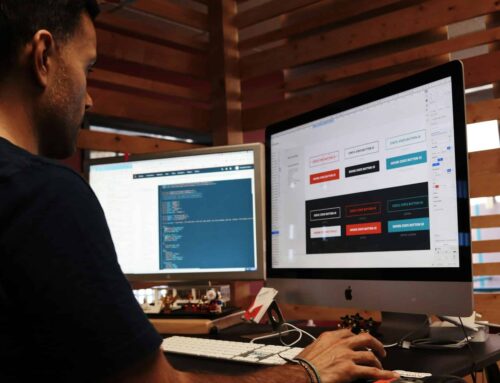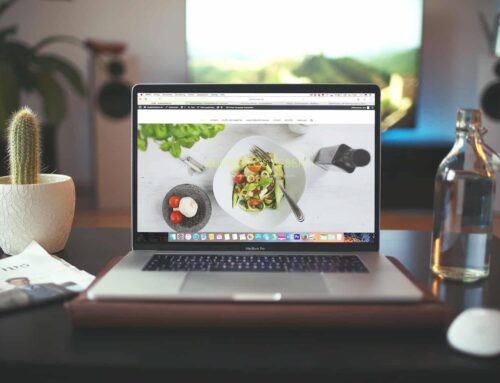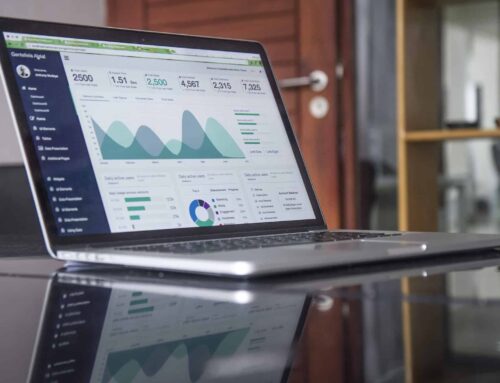There is no such thing as a “one size fits all” template for building a website for your business. Each company needs to adapt its online presence based on things like the product or service that it offers, its target audience, and so on.
The type of audience you are trying to reach can go a long way in defining the scope and content of your website. There is a big difference in trying to sell a product or service to everyday consumers, as opposed to trying to sell your services to other businesses.
By planning for some key elements in your website design, you can ensure that your site appeals to your audience group.
Common Elements of B2C Websites
On B2C eCommerce sites, you’ll typically find individual pages for each product. For example, on a sports gear site, you might find listings for ten different water bottles, with each water bottle getting its own individual page. These pages include high-quality images and a short description of the product features so that consumers can quickly and easily understand the differences and make the right purchase for them. Customers can make a purchase or add the item to their cart from that page.
This is because the buying cycle for B2C products tends to be very quick. People visit a website when they already have some idea of what they want to buy. Successful B2C sites aim to capture that impulse and allow customers to complete their purchase as quickly as possible.
While FAQ and customer support are always a good idea for B2C websites, in-depth blogs are less common unless the company sells a unique product that requires some additional explanation.
The B2B Difference
B2B websites, on the other hand, tend to be more landing-page focused. Landing pages tend to offer a more in-depth overview of a service that the brand can provide to another business. In addition to highlighting product features and benefits, landing pages will often include additional elements such as client testimonials and screenshots. The page features a clear call to action that doesn’t necessarily involve making a purchase right there on the site. Quite often, visitors are asked to fill out a more detailed contact form to request more information.
B2B buying cycles tend to be much longer since multiple groups are usually involved in the buying process, and the landing page reflects that. Visitors are often encouraged to schedule a call with a sales associate or to sign up for a product demo. This enables a more in-depth and informative experience that will help decision-makers determine if a service is right for them.
To further support these efforts, B2B websites tend to place a greater emphasis on long-form informative content. Blogs and white papers may detail the company’s services, industry news, and other relevant information that educate the customer and convince them to buy.
Nailing Down Your Website
While both B2B and B2C websites will likely share common elements, such as a FAQ page or customer support, how they approach these areas will understandably differ based on who they are trying to reach.
As you use these guidelines to design your website and look at examples of other successful websites in your niche, you will be positioned to better appeal to your buyers.






